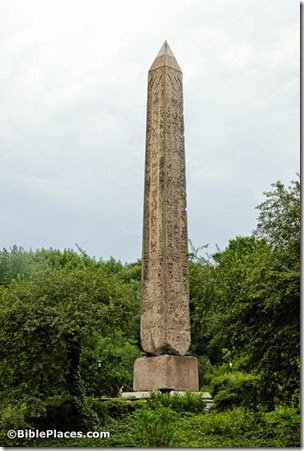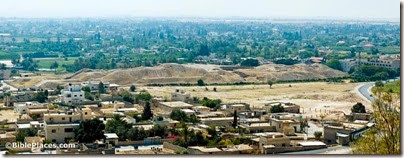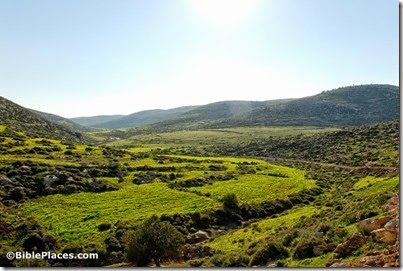Michael Eisenberg tells the story of trying to discover the synagogue of Sussita (Hippos).
An Egyptian cemetery may contain more than a million mummies, say BYU archaeologists. No, it doesn’t, and you’re not working here again, says Egypt’s Ministry of Antiquities.
The colossi of Amenhotep III have been re-erected at the site of his funerary temple in Luxor.
The Harvard Semitic Museum is honoring its founder with a special exhibition.
A new discovery in Galilee suggests that olive use was already in use in the Early Chalcolithic period.
The Book and the Spade features Mike Molnar explaining the star of Bethlehem mystery.
Leen Ritmeyer: Where on the Temple Mount was Jesus during Hanukkah?
How close is the new movie Exodus to the Bible? Ellen White answers: “Their story was so different
that if they didn’t use the Biblical names and released the same movie with a different title, I might not have even recognized it.”
Don McNeeley reports on the 2014 NEAS Conference in San Diego.
Our Rabbi Jesus notes a couple of free books on Greek and Hebraic thought.
Heritage Daily lists its Top 10 Archaeological Discoveries of 2014.
This will be the final roundup of 2014. We’ll try to note major stories as they break. Thanks for joining us this year!
HT: Charles Savelle, Ted Weis


